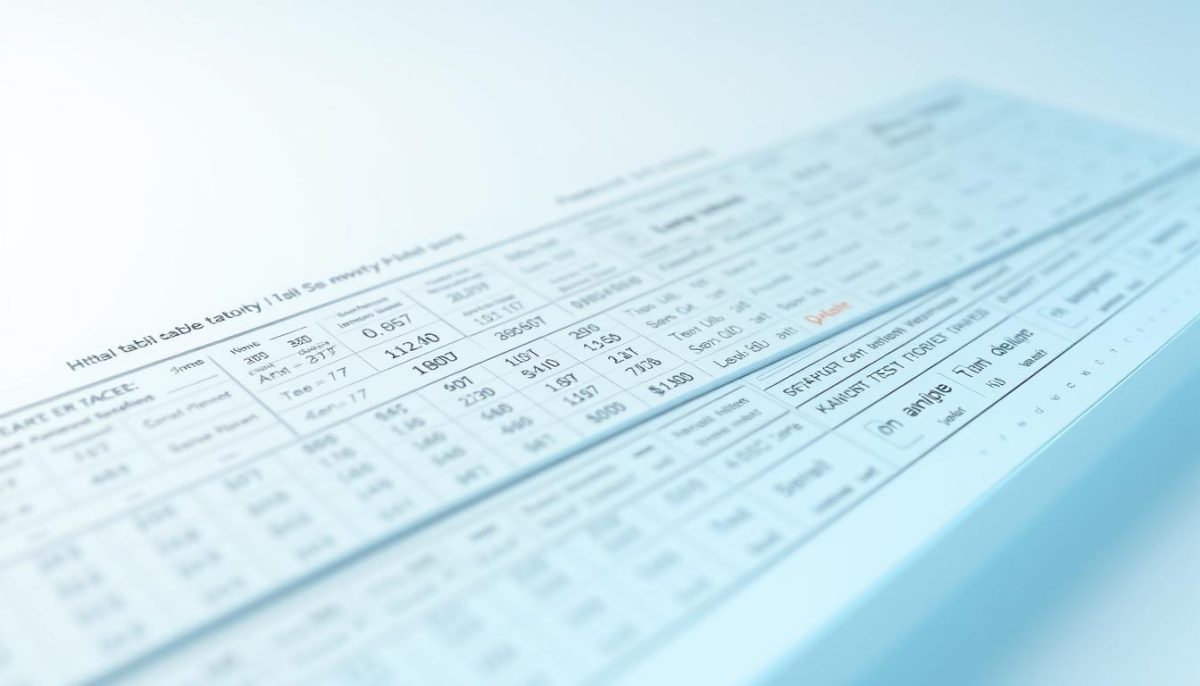When it comes to web design, effective data presentation is vital. HTML tables are powerful tools that allow us to display information in a structured manner. In this section, we will explore how we can create stylish HTML tables without the need for CSS. By focusing on simple yet effective border techniques, we can enhance our table design significantly. We’ll dive into essential elements like
| , and | , which form the backbone of our tables, and show how incorporating borders can lead to visually appealing results, proving that no CSS tables can still shine. |
|---|
Understanding HTML Table Structure
To construct efficient and visually appealing HTML tables, we need to grasp their structure. Tables consist of rows and columns, which provide a framework for organizing and displaying data clearly. Each table layout is made up of various table elements that play essential roles in creating coherent data presentations.
Defining Rows and Columns
Rows and columns are fundamental to any HTML table structure. Rows, defined by the <tr> tag, represent individual records of data. Columns, structured through the <td> tag, categorize the data attributes. This arrangement enables us to maintain order and clarity, allowing information to be understood at a glance.
The Importance of the `
| `, and ` | ` Elements
We can’t overlook the core HTML table elements: <table>, <tr>, <td>, and <th>. The <table> tag initiates the table, while <tr> tags denote each row. Standard cells are marked with the <td> tag, whereas header cells showcasing key data points are designated with the <th> tag. Understanding these elements sets the stage for advanced styling tables and enhances our ability to present data efficiently.
|
|---|
Achieve Stylish HTML Tables without CSS
In our exploration of HTML tables, we discover that achieving a stylish appearance can be easily accomplished by utilizing various HTML border attributes. By leveraging these attributes in the `
| `, and ` | ` tags, we can define both the outer and inner borders of our tables. This is essential in controlling the overall look and organization of our data, making the information more accessible and visually appealing.
Utilizing HTML Border AttributesUtilizing HTML border attributes allows us to enhance the presentation of our tables without the need for CSS. By including a simple `border` attribute in the ` |
|---|


